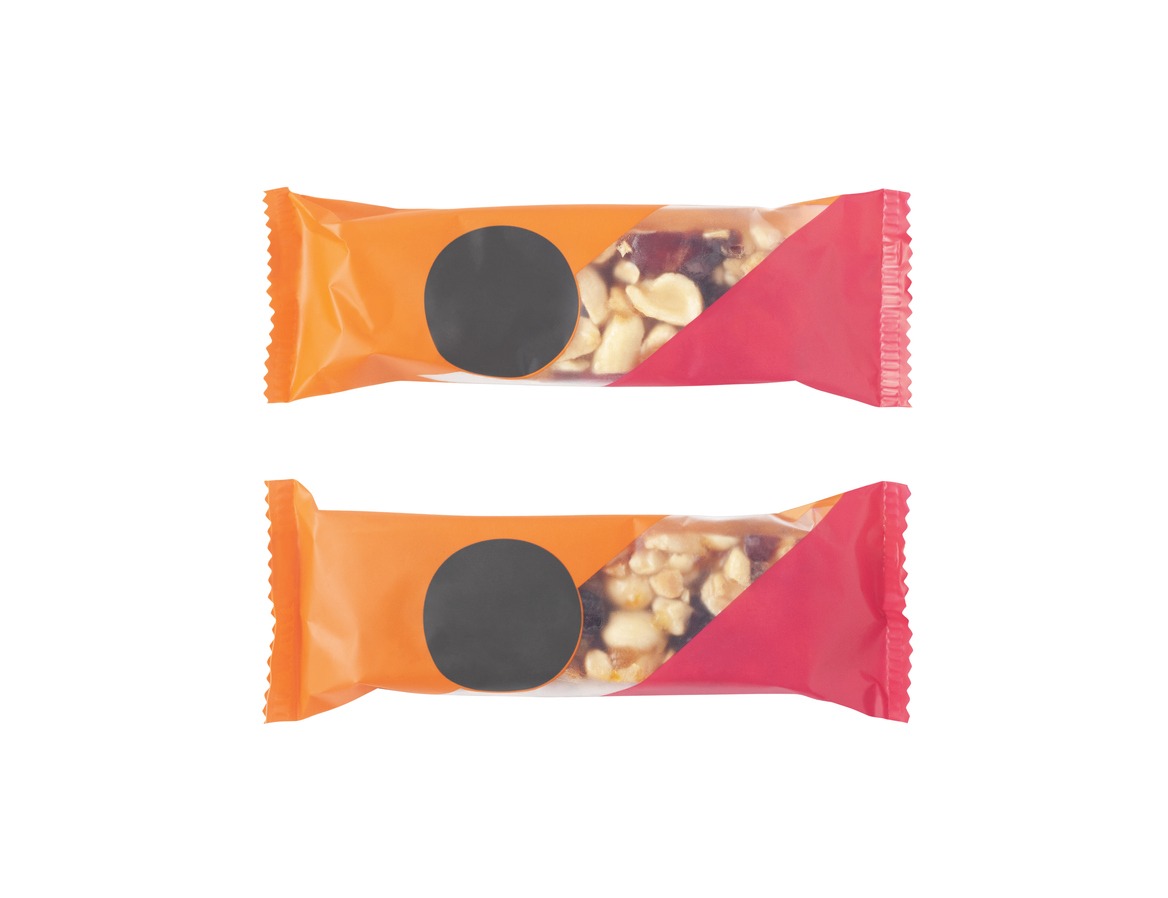Protein bars are quick on the go protein snacks. They are usually made up of protein sources, carbohydrates, and sweeteners. Protein bars have become popular as they are a convenient source of nutrition as a snack. They are also a popular diet choice for people trying to manage weight, improve muscle mass, and increase energy.
Though protein bars are believed to be a source of nutrition and are considered healthier than chips and other snacks, they cannot replace a balanced meal, especially for children. Protein bars are suitable for occasional snacks of children but not as an everyday snack as they are generally too high in sugar and low in fiber.
Brief History of Protein Bars
Several people who tried to produce high-protein snacks in the past were athletes. They were in search of a substitute for a protein shake that would be healthy and advantageous to athletes. The first was Bob Hoffman, an influential weightlifter in Pennsylvania. He launched his soy-based protein powder and pills in 1953, calling it Hi-Protein Fudge. Another was bodybuilder Joe Weider who launched his Candy Food Bar in the late 60s.
The appearance of protein bars also contributed to the solving a problem for NASA on how to serve its astronauts nutritious, tasty food that came in a simple package. The solution? Nutrition bars labeled as “Space Food Sticks.” They were offered in various flavors such as orange, mint, and peanut butter shaped in rod form to allow astronauts to eat them while wearing their helmets.
With their popularity as a space food, energy bars were also considered a high-energy source of snacks for athletes. However, their popularity lasted only a short time, and protein bars were generally not available for decades.
In 1986, another marathoner named Brian Maxwell released protein bars commercially under Power Bars. This marked the beginning of the wider popularity of protein bars. They became popular among athletes and dieters, and they became a regular part of protein replacement diets.
Today, they can be seen everywhere, from local supermarkets to online shopping sites and even in school cafeterias.
Benefits of eating protein bars
1. Control Hunger and a Go-to Food for Losing Weight
Protein bars are satisfying snacks for dieters without worrying about exceeding daily calories. Protein bars contain considerable amounts of fiber which helps a person stay full for extended periods. At the same time, each bar contains low calories, estimated to be 180 to 200 kilocalories.
Some protein bars are designed to double up as meal replacements. They are enhanced with a whole host of vitamins and minerals infused in one serving. The American Dietetic Association indicates that meal replacements such as protein bars are effective for weight loss together with a good diet. But, one has to note that even though these protein bars can be a meal replacement, consuming a natural source of protein can still not be eliminated. Dieters must always consult a nutritionist before accessing protein bars as part of the diet arrangement.
2. Burn fats
Protein is known to help fat metabolism. They are said to be particularly effective in reducing abdominal fat. There was even a study conducted that says people who ate more and better protein had much less abdominal fat. Protein bars promote fat-burning ingredients in the form of carbohydrates.
3. Promote lean muscle
If the goal is to achieve lean muscle, protein bars aid in gaining muscle mass supplemented with a portion of whole food and regular exercise. It is recommended to eat protein bars before or after a workout.
4. Enhance strength
Protein bars can increase strength and power as they are filled with high-quality protein at levels similar to that of chicken breast.
5. Helps with muscle recovery
Giving the body the necessary nutrients can help provide the best workout result. The National Strength and Conditioning Association notes that having protein post-workout encourages muscle gain, reduces soreness, and helps provide the building blocks the body needs to generate new muscle tissue to repair microscopic muscle tears that occur during a workout.
What to look out for on a Protein Bar
- Some protein bars may contain added sugar, as high as 12 to 17 grams per serving. A dieter should aim for at most 6-8 grams of sugar per bar. Some manufacturers often add artificial sweeteners and a sugar alcohol that may cause side effects.
- Take note of allergens. Some bars may contain nuts and other sources of allergic reactions.
- Take note of the ingredients list and advisory notice on the package. Before purchasing and consuming protein bars, it is important to make sure that your choice of the bar is compatible with what you need. Consuming protein bars that are no longer suitable for your needs may increase the risk of fatty lives, obesity, and diabetes.
Final Thoughts!
Protein bars have become a popular go-to snack for people planning a diet and for those who do workouts. While protein bars taste delicious and may not look like a cause of harm, it is still essential to check for the nutrition panel of a protein bar that you are interested in and take notice of the protein content.



